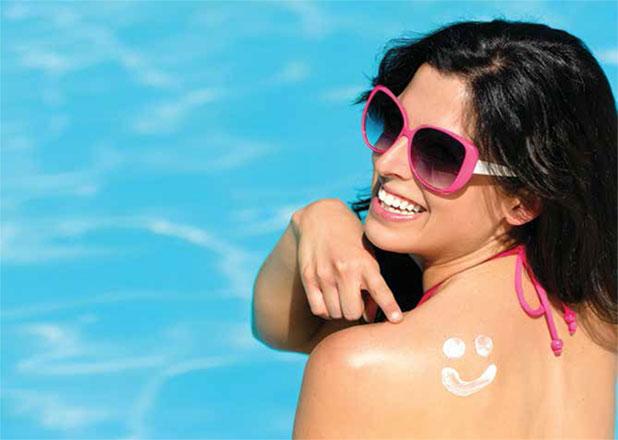You are here
Liquid gold: Platelet-rich-plasma
By Dr Dana Fara’neh Batayneh , Family Flavours - Jan 13,2019 - Last updated at Jan 13,2019

Photo courtesy of Family Flavours magazine
By Dr Dana Fara’neh Batayneh
Dermatologist
Platelet-Rich-Plasma (PRP) is a promising treatment that has gained a lot of attention as a safe, non-surgical therapeutic approach. It uses the body’s natural ability to heal itself! PRP is used in many fields of medicine like orthopaedics (to treat joint or tendon diseases), plastic surgery and oral surgery.
Blood is composed of red blood cells, white blood cells and plasma, the yellow-golden liquid that has platelets along with other ingredients.
Platelets have long been known for their role in blood clotting; they stop bleeding and help in wound healing. It was not until recently that other important functions were discovered — namely tissue repair, growth and healing. This is due to multiple important proteins within platelets including cytokines and growth factors.
The idea of PRP is based on the fact that platelets, when present in high concentrations in tissues, release certain growth factors that start healing, tissue repair and cell renewal.
How is PRP session done?
A blood sample is drawn from the patient in a special tube, then spun in a centrifuge machine that separates the plasma from red and white blood cells. This leads to a much higher concentration of platelets in the plasma (therefore called platelet- RICH-plasma).
Platelet count in normal individuals is around 200,000 on average; studies have shown that platelets need to be concentrated to a count around 1,000,000 (which is almost five times the normal) for the procedure to be effective. Plasma is then withdrawn from the tube (sometimes an activating agent like Calcium Chloride is added to the plasma to activate the platelets) and injected into the patient’s skin or hair, where platelets release growth factors and cytokines.
Face PRP
In the skin, these factors promote cell renewal, stimulate blood circulation and increase the production of two important proteins: collagen and elastin. These proteins give the skin its strength, firmness and elasticity. Three sessions are usually done, four weeks apart. Patients notice an improvement in skin texture, a more unified skin tone, a decrease in fine wrinkles and an increase in skin hydration and plumpness.
Hair PRP
In the scalp, these factors promote the formation of new blood vessels and new hair follicles. Three sessions are done, four weeks apart. Patients notice a decrease in hair shedding and an increase in hair density.
What can be targeted with PRP
• Hair loss
• Signs of skin ageing (fine wrinkles, loss of skin elasticity, dry skin)
• Sun damage
• Fatigued skin
• Acne scars and wide pores
• Skin pigmentation and melasma
No quick fix
PRP, however, cannot be used as a solo treatment, but be combined with other treatment options. For example, when treating patients with acne scars, PRP can be added to any treatment like Fractional Microneedling Radiofrequency, subcision, dermapen and so on.
Studies have shown that when PRP is combined with any of these methods, results are much better than with any of these alone. Other ingredients can also be combined with the PRP sessions like mesotherapy injections (which can be done either during the same session or done a few days following the session) to add to the results of the sessions.
Factors affecting results of PRP sessions
Patient selection: Although PRP is a natural treatment that can work for everyone, some patients are better candidates than others. People who have low platelet count (thrombocytopenia), platelet disorders, types of anaemia, thalassemia, or infections are not candidates for PRP treatment.
PRP method: Both the way the plasma is centrifuged and the injection technique affect the results of the PRP session,
PRP Kit used: Some kits yield higher platelet concentrations than others, which in turn leads to better results
Are there any side effects?
• The PRP session is usually followed by a mild redness of the skin that usually lasts for hours
• Some bruising due to the needle injections can occur
My expert recommendation
PRP is a safe procedure that can be used both as a preventive measure to help delay signs of skin ageing and a treatment in addressing many dermatological concerns.
Reprinted with permission from Family Flavours magazine
Related Articles
What is LASER? LASER is an acronym that stands for Light Amplification by Stimulated Emission of Radiation (LASER) – it is basically am
Dr Dana Fara’neh BataynehDermatologist Regardless of whether it is your way to relax and pamper yourself, or to be healthy with clean a
For 10 patients severely ill with the new coronavirus, a single dose of antibodies drawn from the blood of people who had recovered from COV

















